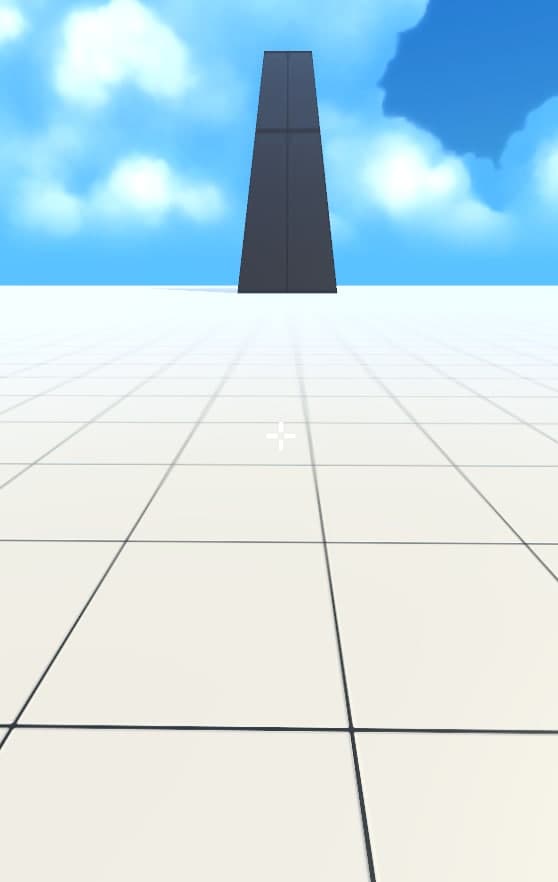- Home /
Anisotropic texturing not working and making textures blurry
Hey so i have this weird issue where i am getting clear textures when its right beside me but in the distance it because more and more blurry Here are some examples: 
I am using no post processing, and no effects. I did my research and tried to change the aniso texture from the quality settings to forced on, per texture and disabled but none of them change anything at all, i also messed with the aniso level slider when i was on per texture and no difference at all when on 0 and 16
If anyone knows how to fix this it would be really helpful as i just spent 4 hours trying to solve this with no results
Increase "Aniso Level" in this specific texture asset settings 
hey as i said i already tried all that, in my post is said "i also messed with the aniso level slider when i was on per texture and no difference at all when on 0 and 16"
It's mip-maps, no doubts about that. Your quality settings or/and per-texture setting overrides target different platform than this one.
Did you manage to solve this? I have the same problem @elzbeb
Hi sorry for the late reply, it's because of your Nvidia control panel settings, if you go to manage 3d settings in your Nvidia cp and scroll down till you find an option called "Texture filtering - Quality", set that option to "Quality". I had mine at high performance and that was the issue. Let me know if this helps.
Answer by Bunny83 · May 16 at 09:18 PM
Since the question was bumped again, I just want to make something clear: Anisotropic filtering is just mipmapping on steroids. It's still just mipmapping but it has additional mipmaps for cases when the surface is viewed at a very narrow angle. In those cases it will pick a mip map variant that has a high horizontal resolution but a small vertical (the direction that is actually squished). However as the distance increases and the size of the texture on screen gets smaller, it will pick smaller and smaller mipmap levels. Having very sharp / high contrast one pixel borders in textures will always cause issues. Sooner or later that single pixel border line is smaller than an actual pixel on screen. Without mipmapping you would get Aliasing which would cause Moiré patterns. So when you move your camera around you would get some flickering in the distance because sometimes the screen pixel would show the border color and sometimes it doesn't (so the line is essentially between two screen pixels). The point of mipmapping is to downsample the texture when it is shown smaller on screen to get a consistent image quality. However that always means you get some blur.
So this issues is amplified by the a specific content of your texture. Having such thin and sharp lines is just not going to work really well.
Your answer

